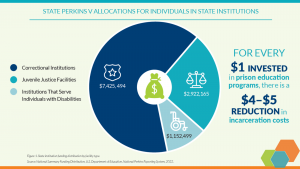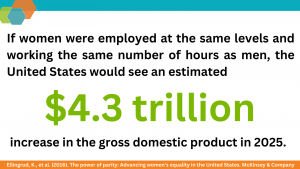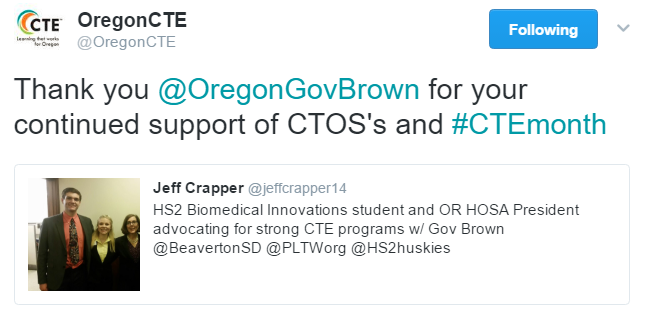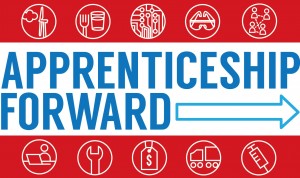Vivien Stewart, Senior Advisor for Education, Asia Society, shares what China’s education system is doing to raise the quality of its workforce. This post part of our ongoing partnership with Asia Society’s Global Learning Blog on EdWeek.Â
The Shanghai Construction School
Last fall members of Asia Society’s Global Cities Education Network (GCEN), including representatives from Denver, Hangzhou, Hiroshima, Houston, Lexington, Melbourne, Seattle, Seoul, Shanghai, Singapore, and Toronto met in Shanghai. Their focus: how to implement 21st century competencies in their schools. One of the site visits was to a school run by the Shanghai Construction Group. The 16th largest construction company in the world, the Shanghai Construction Group has built some of China’s most spectacular skyscrapers, in collaboration with the world’s most famous architects, and increasingly works outside of China as well. It recruits more than 1,500 employees a year, about half from university and half from its own upper secondary vocational school and college. Students who attend the vocational school and college are drawn from those who did not do well enough in school to pursue an academic route to university. Most are from poor backgrounds, including rural students who board at the school. The curriculum includes math, Chinese, English, construction engineering, computer-aided design, and mechanics. In the third year, students do practical work in the company, rotating through several departments and receiving a stipend. The company employs about one third of the graduates of the school and college and many other companies come to the school to recruit its highly regarded graduates.
GCEN members were impressed that students work on the most up-to-date equipment, for tunnel construction for example, and use leading edge construction simulations. Teachers in the school include construction managers from the company as well as regular teachers with backgrounds in academic engineering, who work in the construction company in the summer to keep their knowledge up to date. The school’s curriculum is constantly adjusted to follow new developments in the construction industry, including those from the company’s own research center on innovation in construction. Shanghai Construction Group is a strong believer in lifelong education and graduates of the secondary vocational school can rise through the ranks and may eventually be sent by the company to get a BA or MBA, often at institutions abroad.
China’s economic and skills transition
All in all, the Shanghai Construction School is an impressive model of vocational education – imparting modern skills in high demand and providing social mobility to its graduates. But not all vocational and technical education in China is like this. “Made in China” has become a ubiquitous label as China has become the manufacturing workshop of the world, powering three decades of astounding economic growth. But the label is often synonymous with low quality and China’s surging economic growth has come at huge costs in terms of environmental degradation and inequality. The global recession of 2008-2009 caused massive unemployment in China and created a sense of urgency about the need to shift from an economy based heavily on low-cost, low-skill manufacturing for export to an economy based on higher quality goods and services. To achieve this transition, China needs to massively ramp up its skill levels. Critical shortages of skilled workers, qualified technicians, and service providers exist in many industries including electronics and information technology, steel and equipment manufacturing, automobile repair, and hotels/tourism. Where are these skilled workers to come from?
Innovations in China’s VET system
China’s vocational and technical education system has been plagued with problems, many of them similar to those here. It is widely viewed as a weak link in the education system and has low status in the public mind. As in the U.S., many of China’s VET schools have had a narrow curriculum, relatively weak connections to industry, and lower funding than academic education. Teachers typically lack industry background and there are few pathways between vocational education and academic education. In China, there is a huge mismatch between employer expectations and the skills of graduates of both the academic and technical education systems—especially with regard to their inability to apply their knowledge.
Read the full article here.Â


 Some states focus on a broad strokes approach that expands access to the sector as a whole. Last year,
Some states focus on a broad strokes approach that expands access to the sector as a whole. Last year,  Other states developed more focused career-specific pathways in close collaboration with industry partners.
Other states developed more focused career-specific pathways in close collaboration with industry partners. 




 Many state policies are prioritizing Career Technical Education, and the California School Boards Association has shared how local legislation has moved in favor of CTE. Read more
Many state policies are prioritizing Career Technical Education, and the California School Boards Association has shared how local legislation has moved in favor of CTE. Read more 





